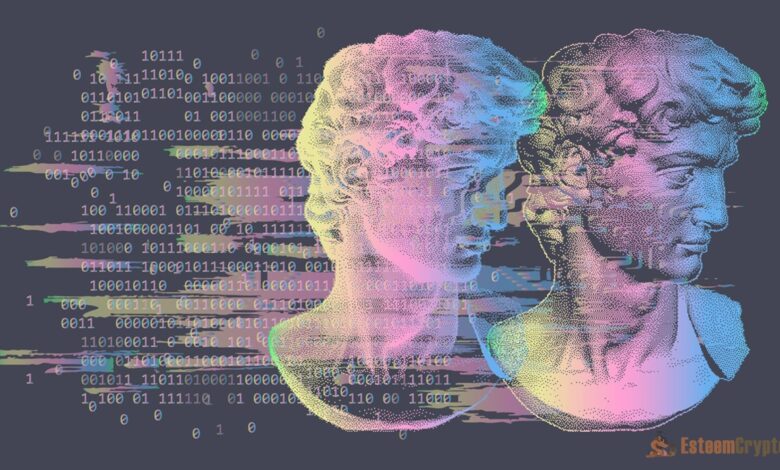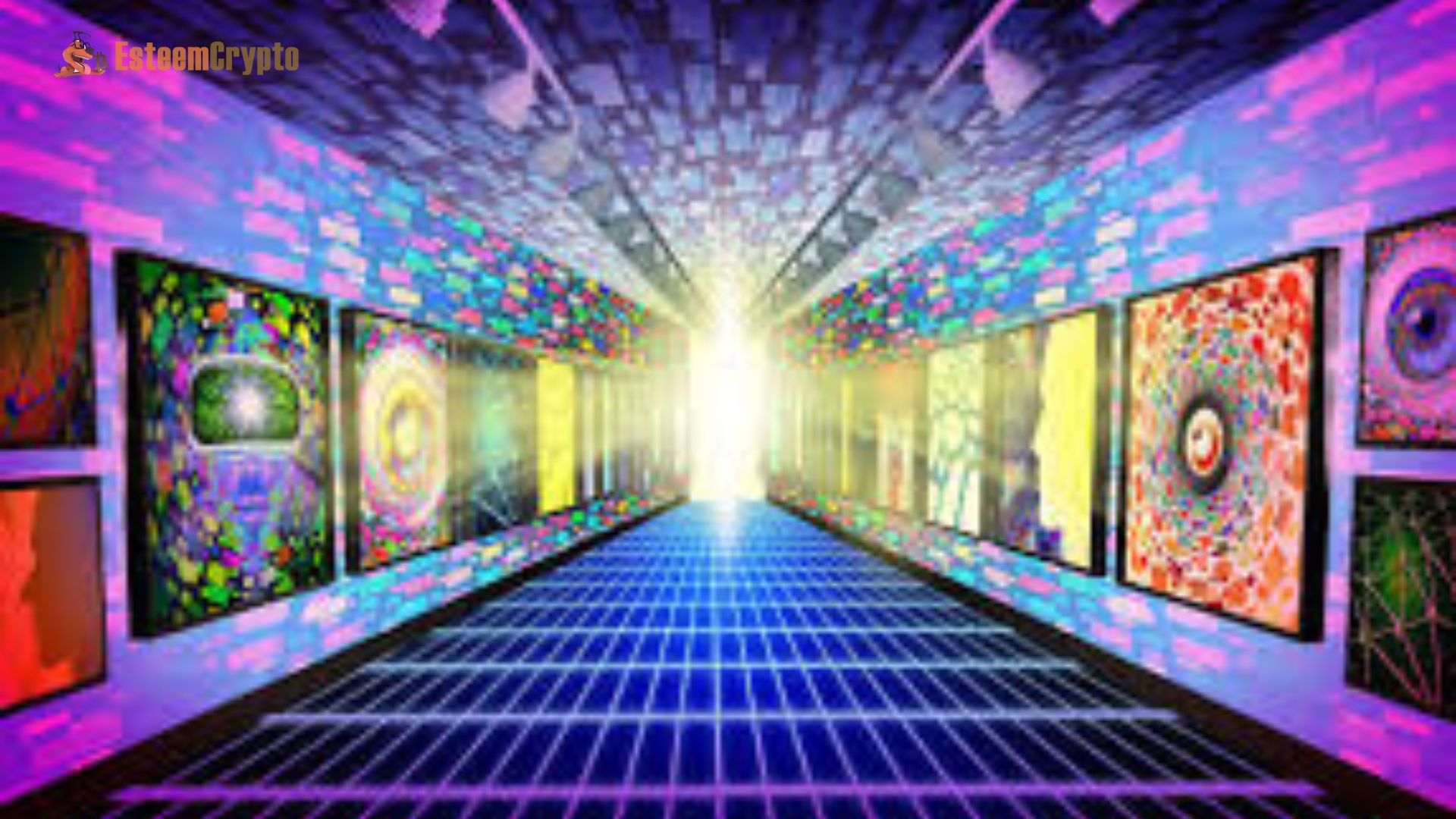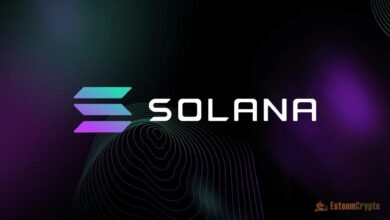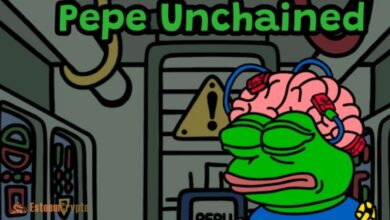Blockchain in Art: Revolutionizing Creativity and Ownership

Blockchain in Art: The intersection of blockchain technology and art has created a revolutionary transformation, reshaping how art is made, sold, and owned. This convergence of technology and creativity has opened new avenues for artists, collectors, and investors, offering unprecedented opportunities while posing unique challenges. As we delve into 2024, the integration of blockchain in art continues to evolve, with profound implications for the future of the art industry.
The Emergence of Blockchain in Art
Blockchain, a decentralized digital ledger technology, gained prominence initially through cryptocurrencies like Bitcoin. However, its potential extends beyond finance, with applications in various industries, including art. The art world has long been plagued by issues such as forgery, lack of transparency, and limited access to global markets. Blockchain addresses these concerns by providing a secure, transparent, immutable ownership and provenance record.
The adoption of blockchain in the art world began with the emergence of non-fungible tokens (NFTs), unique digital assets representing ownership or proof of authenticity of a particular item or piece of content. NFTs quickly gained popularity by allowing artists to tokenize their work, enabling direct sales to collectors without intermediaries. This development marked a significant shift in the art market, empowering artists and collectors alike.
NFTs: A Game-Changer for Artists
Non-fungible tokens have been at the forefront of the blockchain-art revolution. NFTs are digital certificates of ownership on a blockchain, typically on networks like Ethereum, Solana, or Tezos. Each NFT is unique and can represent anything from digital artwork to physical painting, music, video, or virtual real estate. The concept of NFTs has allowed artists to tokenize their creations, offering them directly to a global audience.
For artists, NFTs provide several benefits. First, they enable artists to retain greater control over their work. Traditional art sales often involve intermediaries such as galleries, auction houses, and agents, who take a significant portion of the sale price. NFTs allow artists to sell directly to collectors, ensuring they receive a larger share of the profits. Additionally, artists can embed smart contracts into NFTs, allowing them to earn royalties each time the NFT is resold, providing a continuous income stream.
One of the most significant aspects of NFTs is their ability to democratize the art world. In the traditional art market, emerging artists often struggle to gain recognition and access to global markets. NFTs eliminate these barriers, enabling artists worldwide to showcase their work to a worldwide audience. This has led to the discovery of new talent and a diversification of artistic voices.
Collectors and Investors: A New Paradigm
Integrating blockchain into the art market has also transformed the role of collectors and investors. Traditionally, art collecting was often seen as the domain of the wealthy elite, with high entry barriers and limited liquidity. Blockchain technology, through NFTs, has lowered these barriers, allowing a broader range of individuals to participate in the art market.
NFTs have introduced a new level of liquidity to the art market. Unlike physical art, which can be difficult and expensive to trade, NFTs can be easily bought, sold, and traded on digital marketplaces. This has attracted new investors who view NFTs as a speculative asset class, similar to stocks or cryptocurrencies. The rapid rise in the value of some NFTs has further fueled this trend, with high-profile sales making headlines and driving interest from mainstream investors.
However, the speculative nature of NFTs has also raised concerns. The volatility of the NFT market has led to price fluctuations, with some NFTs experiencing dramatic value increases followed by sharp declines. This has prompted debates about the sustainability of the NFT market and its long-term impact on the art world.
Challenges and Controversies
While blockchain technology and NFTs have brought significant benefits to the art world, they have also introduced new challenges and controversies. One of the most pressing issues is the environmental impact of blockchain networks, particularly those that use energy-intensive proof-of-work (PoW) consensus mechanisms. Ethereum, the most popular blockchain for NFTs, has been criticized for its high energy consumption, leading to concerns about NFTs’ environmental footprint.
The blockchain community has been exploring more sustainable alternatives in response to these concerns. Ethereum’s transition to a proof-of-stake (PoS) consensus mechanism, known as Ethereum 2.0, is expected to significantly reduce its energy consumption. Other blockchain networks, such as Tezos and Flow, have also gained popularity for their lower environmental impact, offering eco-friendly alternatives for artists and collectors.
Another controversy surrounding NFTs is the question of intellectual property rights. The ease of creating and selling NFTs has led to cases of unauthorized tokenization, where individuals mint NFTs of artwork or content they do not own. This has raised legal and ethical questions about the ownership and control of digital content. Artists and creators are increasingly concerned about protecting their work in the digital space, and legal frameworks are still catching up with the rapid pace of technological innovation.
Moreover, the speculative nature of the NFT market has raised concerns about the commodification of art. Some critics argue that the focus on financial gain in the NFT space detracts from the work’s artistic value and cultural significance. The proliferation of “quick flip” strategies, where buyers purchase NFTs to resell them at a higher price, has led to accusations of market manipulation and exploitation.
The Future of Blockchain in Art
Despite the challenges and controversies, integrating blockchain technology into the art world shows no signs of slowing down. As the technology matures, we can expect further innovations that will continue to shape the art industry. For instance, blockchain could revolutionize how art is authenticated and appraised, providing a transparent and tamper-proof record of an artwork’s history and value.
Moreover, the rise of decentralized autonomous organizations (DAOs) in art is an exciting development. DAOs are blockchain-based organizations that are collectively owned and governed by their members. In the art context, DAOs can be used to create decentralized art galleries, funding platforms for artists, or even community-driven curation and acquisition of artworks. This decentralized approach could further democratize the art world, giving artists and collectors more power.
In addition, blockchain technology can potentially expand the definition of art itself. The emergence of virtual reality (VR) and augmented reality (AR) art, combined with blockchain, could lead to entirely new forms of artistic expression. These digital experiences could be tokenized and owned as NFTs, blurring the lines between the physical and digital art worlds.
Conclusion
The integration of blockchain technology in the art world is a transformative force reshaping how art is created, sold, and owned. While it brings unprecedented opportunities for artists, collectors, and investors, it also presents unique challenges and controversies that must be addressed. As we move forward, the continued evolution of blockchain in art will depend on finding a balance between innovation and sustainability, ensuring that the technology enhances rather than diminishes the cultural and artistic value of the work it supports.




